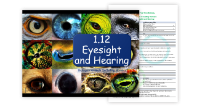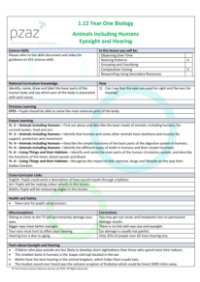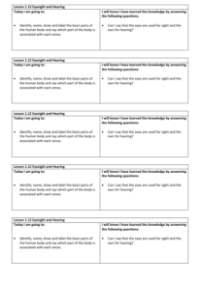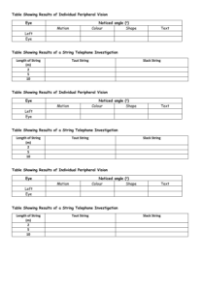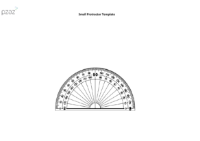Eyesight and Hearing - Presentation
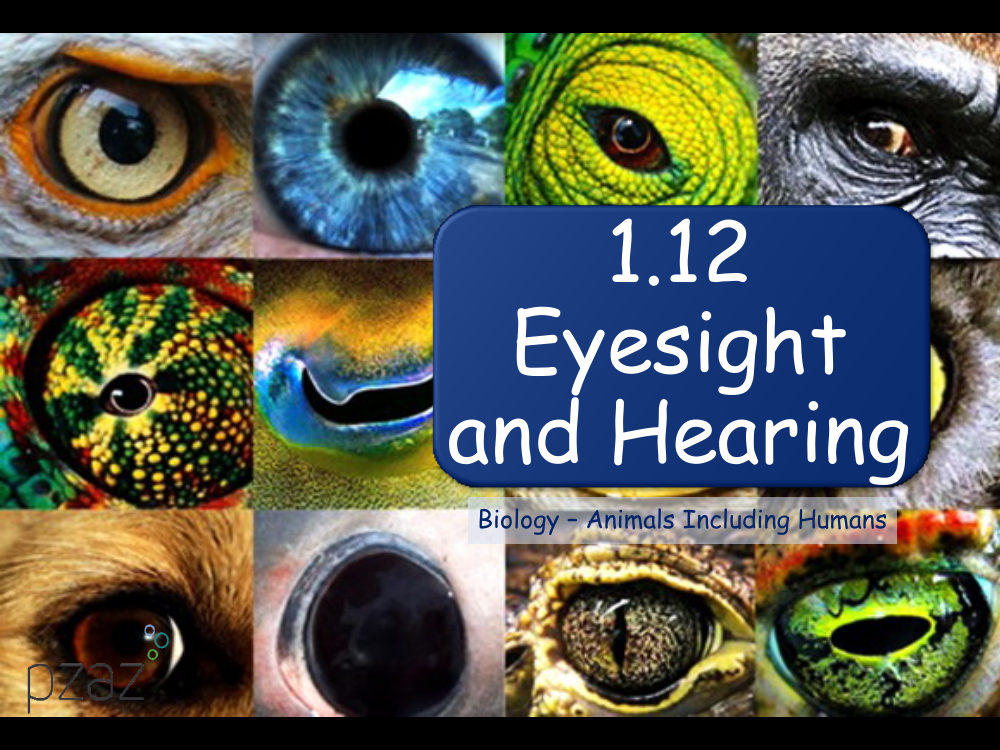
Science Resource Description
In a comprehensive exploration of the senses of eyesight and hearing, students are prompted to delve into the biology of animals, including humans, focusing on the functions of the eyes and ears. The presentation begins with foundational questions, asking students to affirm that eyes are used for sight and ears for hearing. A playful poem about ears going to the mall underscores the importance of our auditory organs in a memorable way, leading to questions about the body parts responsible for hearing, the nature of sound, and how it reaches us. Additionally, the concept of peripheral vision is introduced, with students encouraged to notice the order in which they detect motion, colour, shape, and text, highlighting the significance of peripheral vision in detecting movement, such as that of a predator in the wild.
The session continues with an examination of the Newton Wheel, where students observe the blending of colours into white when the wheel spins, illustrating the composition of white light from various coloured lights. Optical illusions and hearing tests further engage students, prompting them to reflect on why different people perceive illusions differently and to discover the range of frequencies they can hear, acknowledging that hearing abilities vary among individuals and can diminish with age or exposure to loud sounds. Additionally, the presentation includes practical experiments, such as using a balloon to understand how sound vibrations travel and an investigation into the mechanics of a string telephone, highlighting the importance of a taut string for effective vibration transmission. The session concludes with a review of what has been learned, reiterating the roles of eyes and ears in sight and hearing, respectively, and ensuring students have a thorough understanding of these essential sensory processes.

